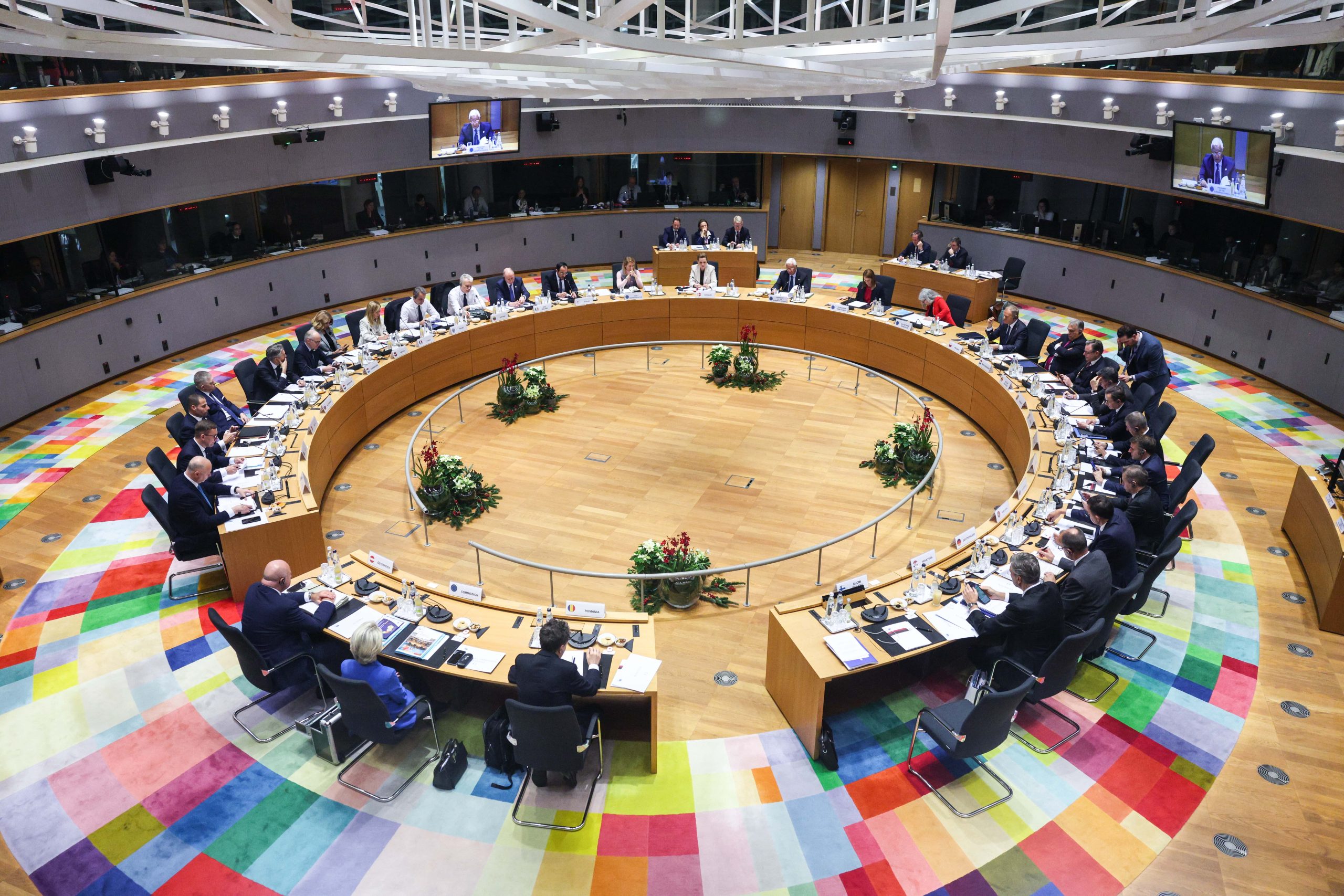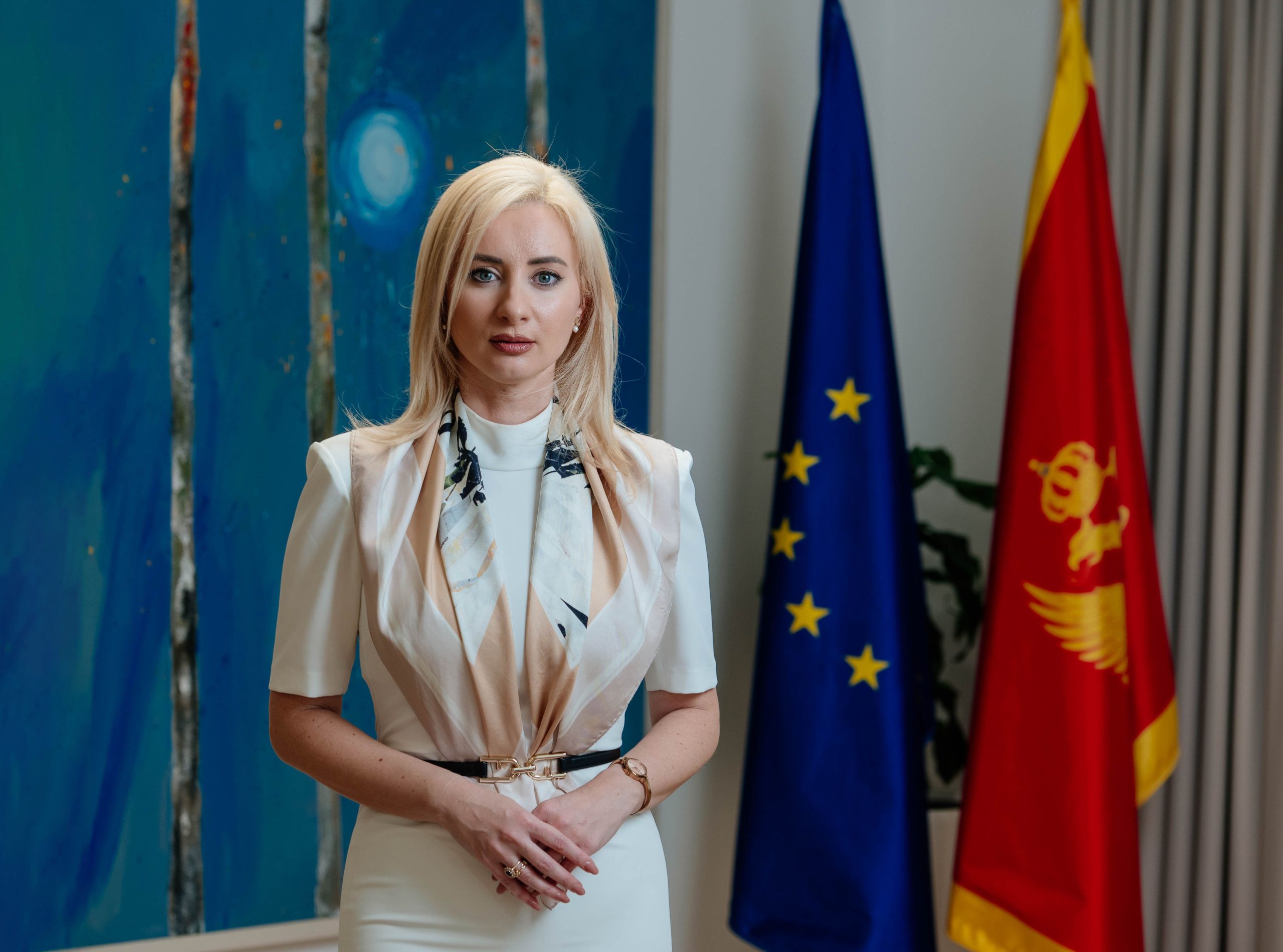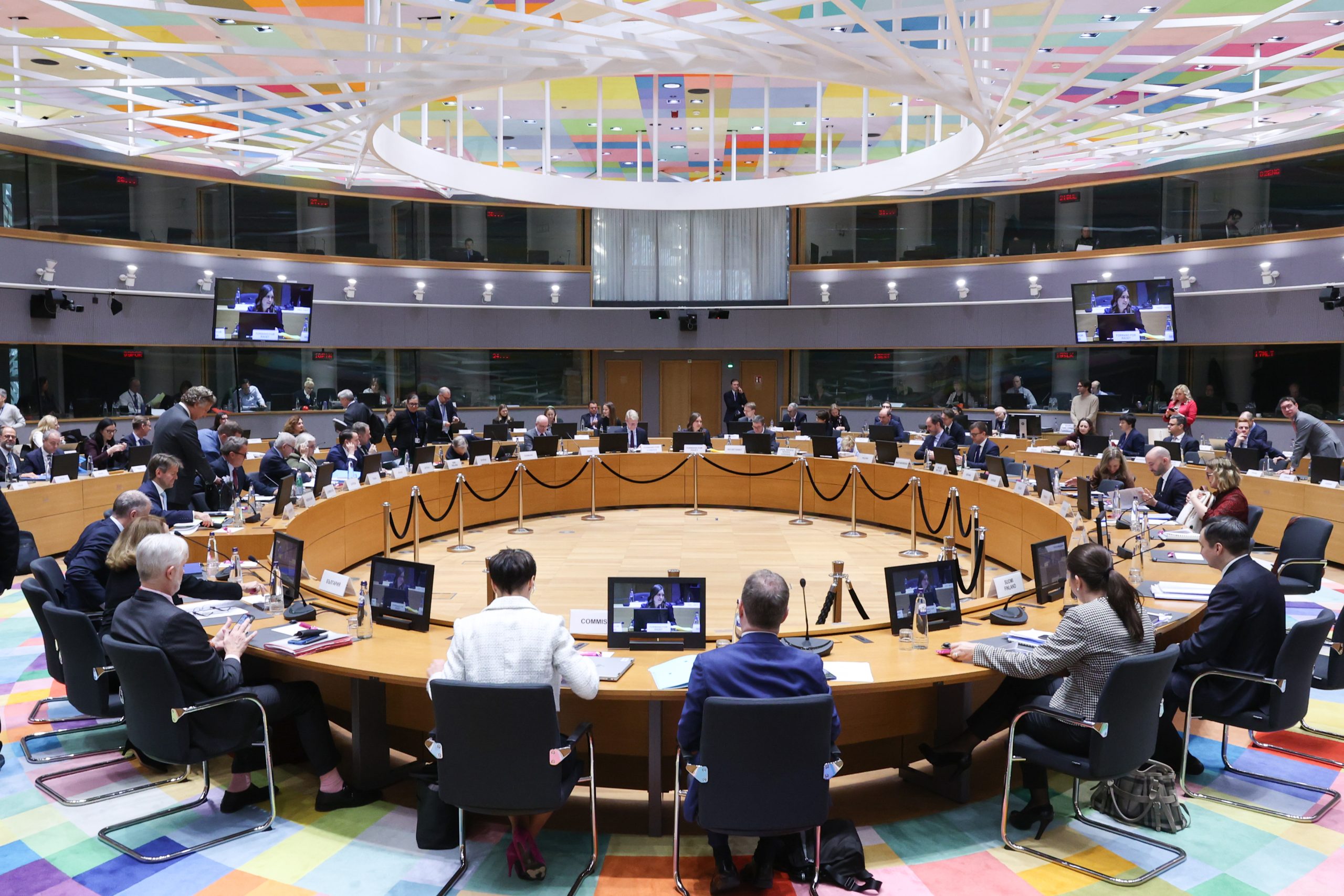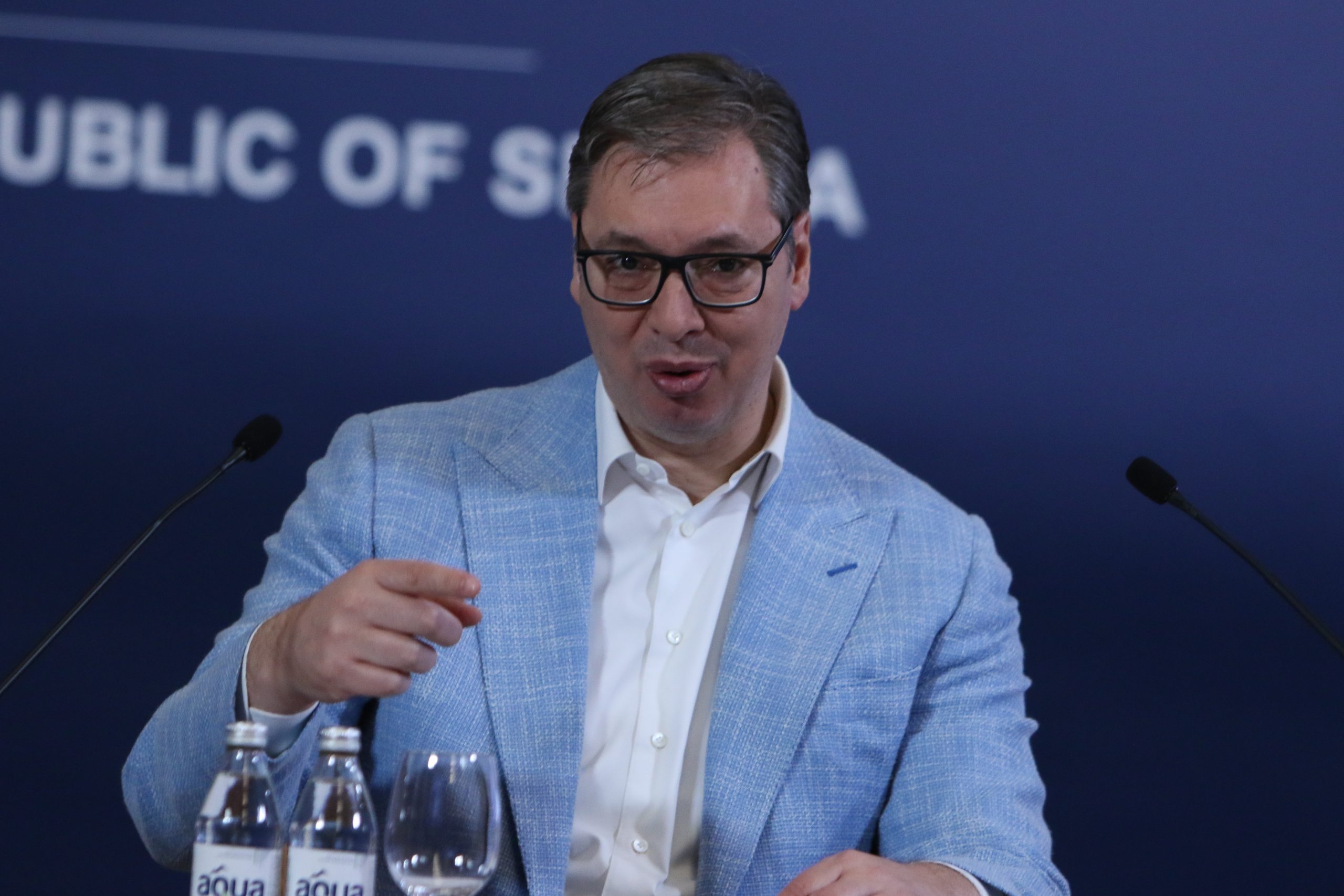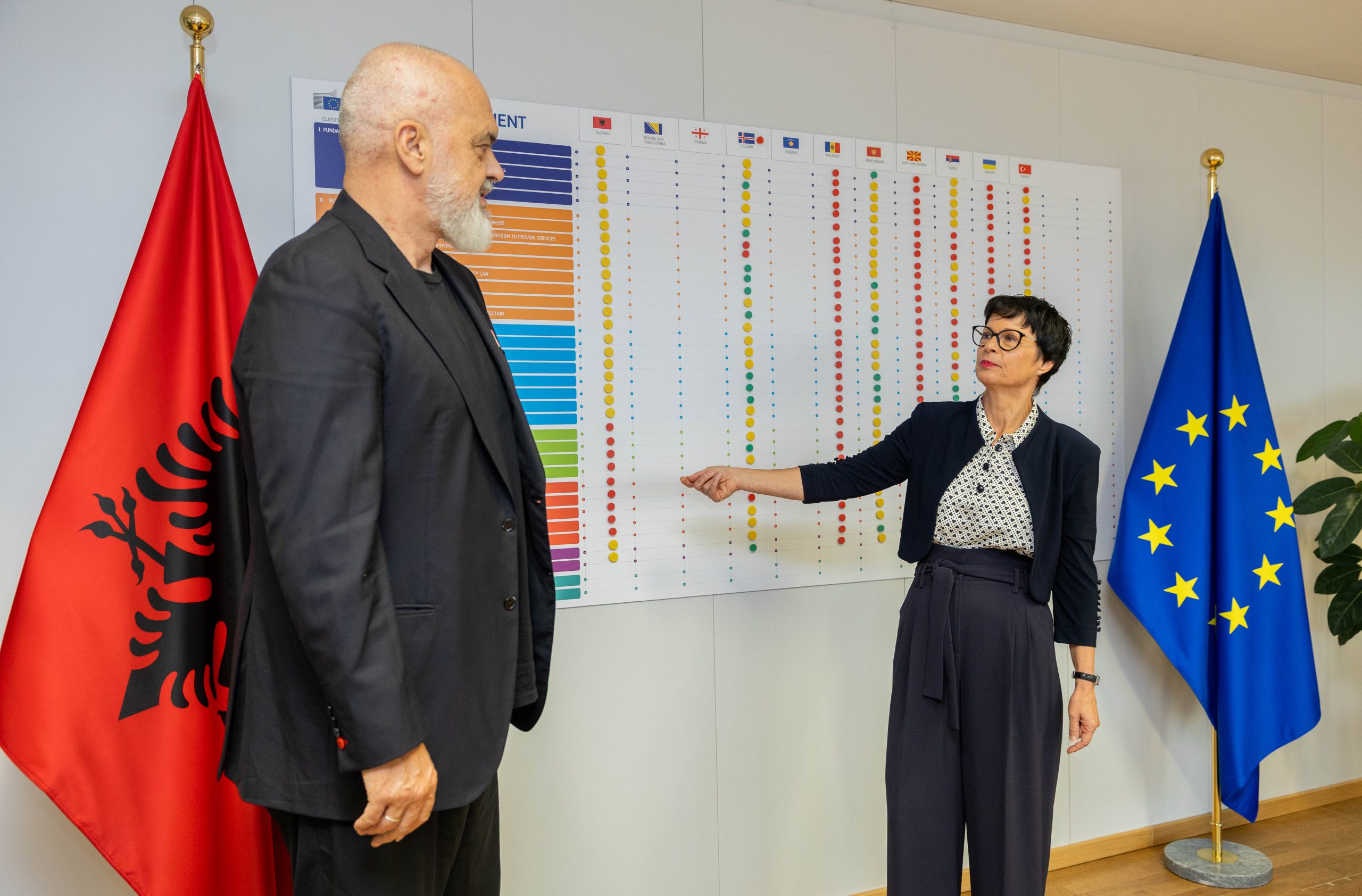According to the recently published Balkan Defence Monitor 2024, most countries in the region saw a rise in international military exercises last year. Serbia, on the other hand, has maintained a ban on military exercises since the start of the war in Ukraine, lifting it only once in 2023 – to participate in “the Platinum Wolf 2023”, co-organised by the United States. NATO and the US remain the dominant exercise partners for all the countries in the Western Balkans.
In 2023, North Macedonia participated in 31 exercises, compared to 20 in 2022. In the case of Croatia, the number of exercises rose sharply from 14 in 2022 to as many as 66 in 2023.
Albania participated in 20 international military exercises, three more than in 2022, which also continues a trend of steady rise. Montenegro saw an increase in the number of exercises as well, holding 25 in 2023 compared to 17 in 2022 and just 10 in 2021.
“This rise in the number of military exercises can be attributed to the increasing vigilance of NATO. It is primarily happening in a context of four of the six monitored countries being NATO members”, says Vuk Vuksanović, Senior Researcher at the Belgrade Centre for Security Policy (BCSP) and a co-author of the Balkan Defence Monitor.
In addition to these four NATO members, the Balkan Defence Monitor also analysed Bosnia and Herzegovina and Serbia. The former country held 14 international military exercises in 2023. While this number is lower than in the NATO members in the region, it is still higher than in 2022, when only nine were held.
Serbia is the only country which is not following the regional trend. It held only one international military exercise last year – “the Platinum Wolf 2023” – and none in 2022. The decision of the Serbian Government to suspend military exercises with international actors was made shortly after the start of the war in Ukraine.
What does the lack of international exercises mean for Serbia?
Before the decision on the moratorium, Serbia conducted exercises with both NATO and Russia, although always more with NATO members. For example, in 2021, Serbia participated in 14 exercises with NATO members and partners and 4 with Russia. In 2019, there were 23 exercises with NATO members and 5 exercises with Russia.
According to Vuk Vuksanović, the ban on military exercises raises the question, from the perspective of the Western decision-makers, of where Serbia wants and plans to go.
“The fact is, however, that the only military exercise that was exempted from the ban was the one with the United States. This shows where the main addresses are when it comes to the security policy”, he says.
Vuksanović adds that, while it is impossible to predict how much longer the ban on military exercises will be in place, it is indicative that, when Serbia assessed it needed to move closer to Washington, it lifted the ban for “Platinum Wolf 2023” without any problems.
“Therefore, if at some point the elites in Belgrade decide that they need gestures of goodwill towards the West, I would not bet against more such exemptions”, Vuksanović says.
Will the Serbian Army suffer any consequences for missing out on international military exercises? Vuksanović believes that this can be problematic, saying that exercises and training are usually the third item of the resources that the military invests in.
“The first two items are, of course, manpower and equipment. We also have the paradoxical situation that, while Croatia had almost 70 exercises in 2023, Serbia had only one. Granted, we have no insight into the nature of all those exercises. In some cases, only one member of the Croatian army may have participated. But in any case, while Croatia has a diverse overview of different categories, Serbia had only one military exercise. And that’s a difference that is already noticeable”, Vuksanović says.
NATO is the dominant partner in the exercises
According to the Balkan Defence Monitor, most of the exercises of the Croatian Armed Forces in 2023 were multilateral, totalling 57 out of 66. Of those, 47 were with NATO or multilateral exercises led by major NATO powers to boost interoperability and the application of NATO standards. Two exercises were held with the EU.
North Macedonia held 18 multilateral and 13 bilateral exercises in 2023. NATO and its Partnership for Peace (PfP) programme dominated when it came to multilateral international military exercises, while bilateral exercises were conducted with the United States, Turkey, Greece, UK and France, Balkan Defence Monitor shows.
NATO is also the most prominent partner of Montenegro in this area. Of the 23 multilateral exercises in 2023, 17 were with the Alliance. The one that sticks out, according to the Balkan Defence Monitor, was “Common Challenge 23”, hosted by Montenegro, which focused on elite mountain warfare. The situation is similar in Albania, where 13 out of 17 multilateral exercises were with NATO and the US.
The dynamic is similar in Bosnia and Herzegovina, which is not a member of NATO. The country held nine multilateral exercises, four with NATO and three with a US-led group of countries. Bilateral exercises were held with Turkey, Croatia and Italy.
Regional exercises were also a part of the multilateral dimension for the analysed countries, with the “Strong Balkan – 23”, held in November 2023, being the most prominent one. Albania, Bulgaria, Greece, Romania, North Macedonia, Turkey and Montenegro took part in it, as well as observers from Bosnia and Herzegovina.


